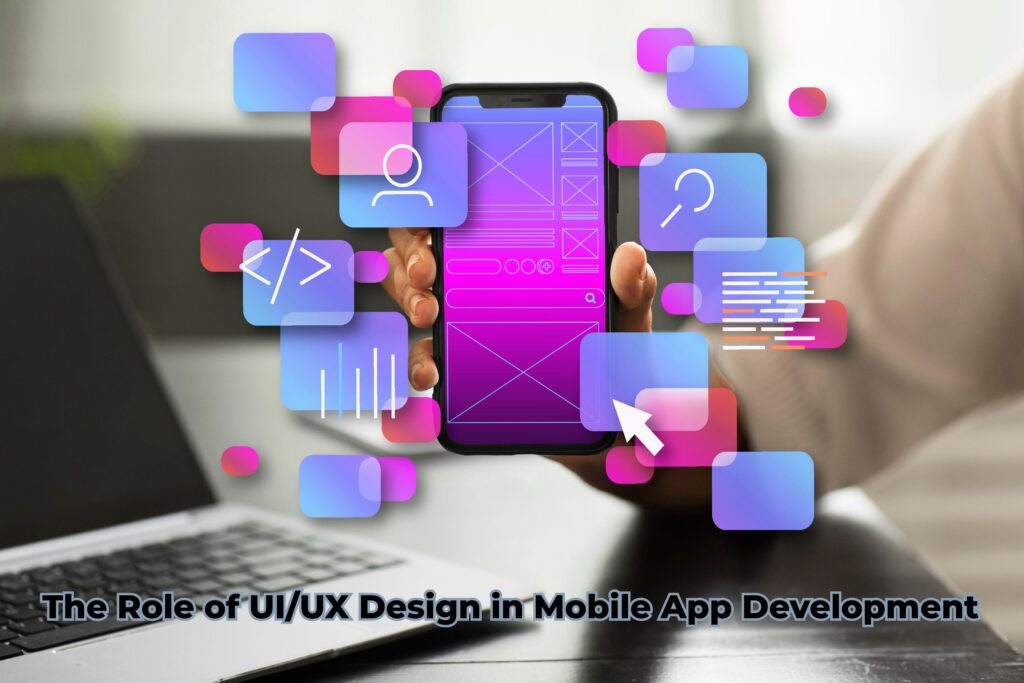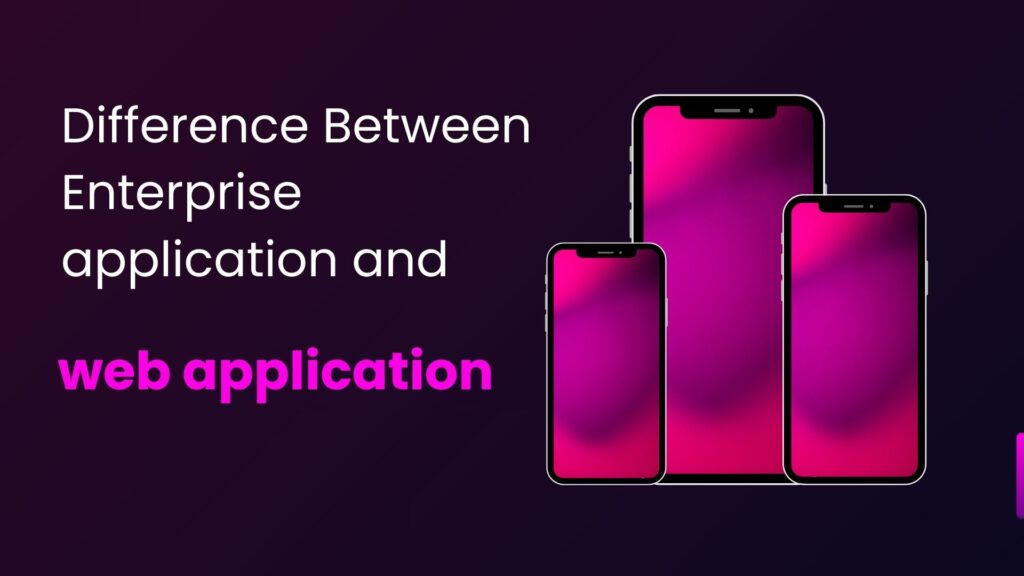As technology increases, it is apparent that more and more people are using and developing mobile applications. If it is not a social network, then it is a tool for increasing productivity or efficiency; there is an application for everything. Nevertheless, not every application is so helpful or effective for users of the services corresponding to the app. This is where User Interface/Experience design comes in.
UI (User Interface) and UX (User Experience) are two factors that, if well implemented, can result in higher chances of success in the app. But they are different, as the former is responsible for creating structures, and the latter aims at defining the looks of the application in question.
The Role of UI/UX Design in Mobile App Development

What is UI Design?
UI design involves the aesthetic aspect of the application that users interact with. It includes concepts surrounding graphical items such as buttons, icons, menus, and layouts to have a graphical user interface. UI design aims to make the appearance of the app visually appealing while at the same time being able to use it with ease.
What is UX Design?
UX design, in contrast, is broader and is centered on the general experience of the application. It includes such aspects as the behavior of users in the app, their purpose for being in the app, and their emotions. The concept of UX designing is to make the use of a site or application as comfortable and problem-free for the client as possible through the use of testing, research, and empathy as tools for designing.
First Impressions:
The user interface is often seen as the ‘face’ of an app since it is the first part of an application that users encounter upon launching the application. It is favorable in the first instance for an application to have a clean and easily operable user interface for users to retain its patronage.
User Retention:
UX helps reduce attraction and user retention by providing a well-developed framework that enhances user experience. Again, it follows that more users are retained when an app is easy to use and even fun to engage with.
Brand Identity:
Interdisciplinary problems of UI/UX design also contribute to the creation and consolidation of the brand’s image. Therefore, in the app’s design, elements like the color palette, fonts, and general vibe should be the same, contributing to a recognizable brand image.
Competitive Edge:
Given the number of applications that are available in various app stores, High quality, and comprehensible UI/UX can help an application stand out. For an app to be successful, it should be easier to market, sleek in design, and incorporate the best usability features.
Reduced Development Costs:
This is the reason, UI/UX design should be given high priority at the initial stages of the software development life cycle because it helps to cut costs in the future. It is more efficient for developers to incorporate usability solutions within the design process so that problems can be fixed before the app has to be redeployed or updated.
Increased Accessibility:
When designing a UI/UX of an app, it should be designed in such a way that many people, if not all, will be able to access it including the physically disabled. More specifically, features like screen reader compatibility or easy navigation are some of the ways that designers can consider the majority of people.
Enhanced Customer Loyalty:
If an app always provides a positive user experience then the users begin to have confidence in the app and are likely to keep using it. When the target users are satisfied with the app they are likely to use the app over and over again and also recommend others hence contributing to its sustainable success.
The UI/UX Design Process
To design a suitable efficient and attractive UI/UX design there are various phases such as analysis, sketching, modeling, validation, and deployment. It’s cyclical and usually involves designers, developers, and other stakeholders to confirm that the solution to be developed addresses the needs of the users.
In Conclusion
Given the modern context, the role of a well-developed mobile app is more than important. The field of UI/UX design is critical in delivering a positive brand interaction in line with the use of mobile apps. Overall, the identification of the differences between UI and UX design enhances the creation process of an app and gives the application creators the desired chance and app reception. For this reason, the last is to develop resources and spend time on UI/UX design to make a people-friendly, attractive, and fun interface. Therefore, more effort should be placed into the design of the UI/UX in terms of aesthetics and interactivity to make it as pleasing and as easy as possible for users.




